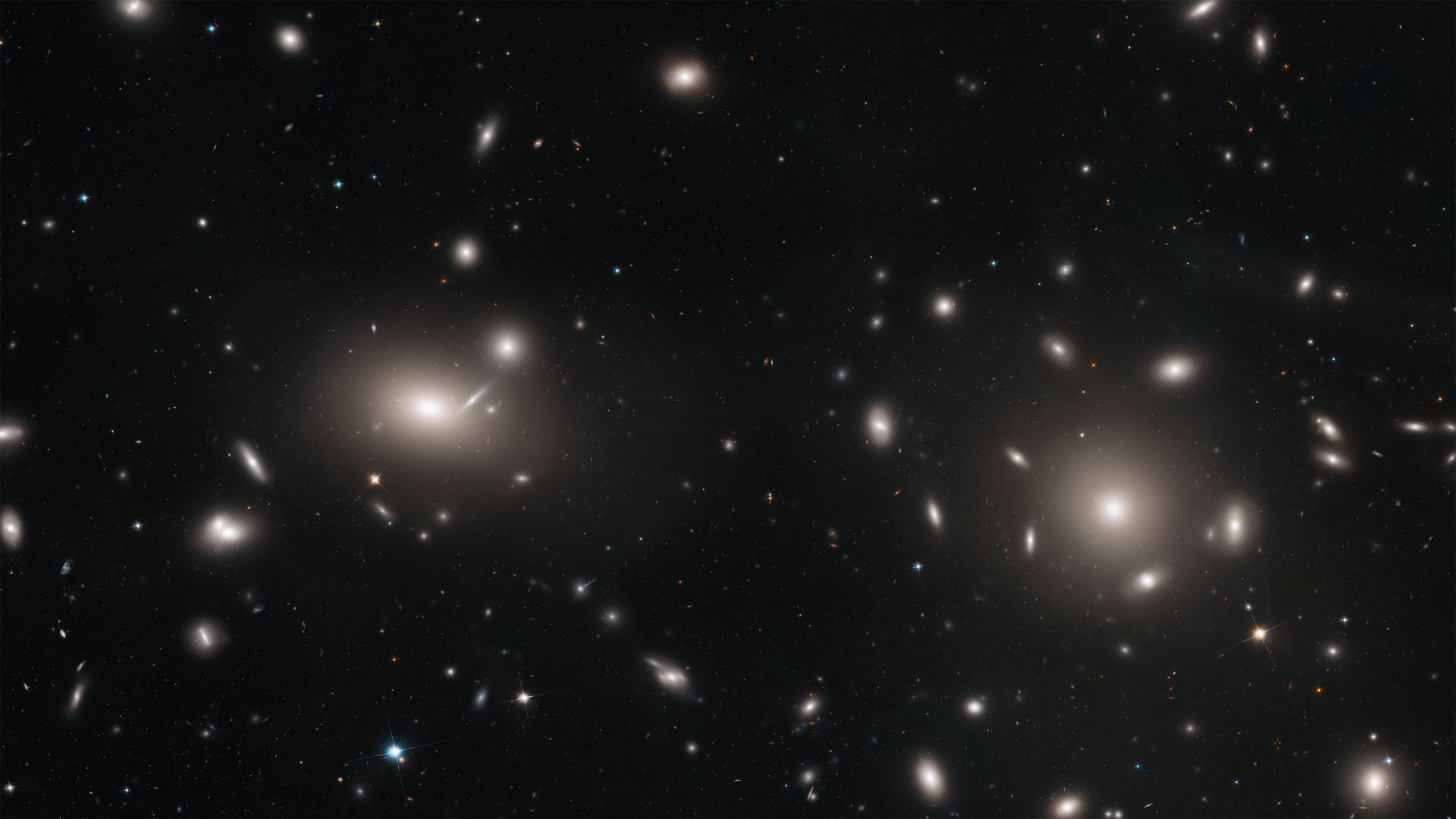Galaxies and galaxy clusters are highly concentrated together so the universe as a whole is made up of mostly empty space

Galaxies and Galaxy Clusters: Unveiling the Universe’s Vast Empty Spaces

The universe, when contemplated from our tiny blue planet, appears to be a vast expanse filled with breathtaking celestial objects, radiant stars, and magnificent galaxies. However, did you know that the universe as a whole is predominantly composed of empty space? It’s true – galaxies and galaxy clusters are highly concentrated, leaving vast voids between them that account for most of the universe’s composition.

When astronomers study the structure and arrangement of galaxies, they have discovered an intriguing pattern: galaxies are not randomly distributed throughout the universe. On the contrary, they tend to form clusters that are intricately interconnected. These clusters, aptly named galaxy clusters, are extraordinary assemblies of galaxies that can contain anywhere from a few dozen to thousands of galaxies.
The formation of galaxy clusters is driven by the force of gravity. Over billions of years, small structures in the early universe merged to form larger structures, eventually giving rise to immense conglomerates we now refer to as galaxy clusters. Gravity acts as a cosmic glue, drawing galaxies together within these clusters and creating a gravitational pull that binds them.
Although galaxy clusters are awe-inspiring and captivating, they represent only a small fraction of the cosmic tapestry. The spaces between these clusters, known as cosmic voids or supervoids, are vast expanses of seemingly empty space. These voids, which can span hundreds of millions of light-years, provide a stark contrast to the densely packed galaxy clusters.
While the term “empty space” may evoke a sense of nothingness, these cosmic voids are far from devoid of significant scientific interest. They serve as a fascinating window into the universe’s evolution and expansion. Exploring these empty spaces enables scientists to understand the intricate interplay between gravity, dark matter, and dark energy, which shape the grand cosmic structures we observe.
The emptiness of cosmic voids arises from the expansive nature of the universe itself. As space expands, galaxies move farther apart from one another, causing these voids to grow even larger. This expansion of space, known as cosmic inflation, is a concept central to modern astrophysics and cosmology.
The vastness of these cosmic voids becomes more apparent when we consider that the volume occupied by galaxies and galaxy clusters accounts for a mere fraction of the entire universe. In fact, scientists estimate that over 99% of the universe is composed of these seemingly empty spaces. It is within these cosmic voids that the true scale of the universe’s emptiness is realized.
Studying the distribution of galaxies and the vastness of empty space plays a crucial role in understanding the large-scale structure of the universe. Astronomers use sophisticated telescopes and tools to map these cosmic voids, unraveling the mysteries that lie within them. By comprehending the delicate balance between densely clustered galaxies and the vast expanses of empty space, scientists can gain deeper insights into the fundamental properties and evolution of our universe.
In conclusion, while galaxies and galaxy clusters capture our attention with their awe-inspiring beauty, they are just scattered fragments within the vast cosmic ocean of empty space. The universe, as a whole, is predominantly composed of these seemingly desolate voids that hold the key to unraveling the mysteries of its evolution. By peering deeper into the empty spaces, scientists pave the path towards a comprehensive understanding of our universe’s origins, structure, and destiny.
Sources:
Related Posts
Quick Links
Legal Stuff

